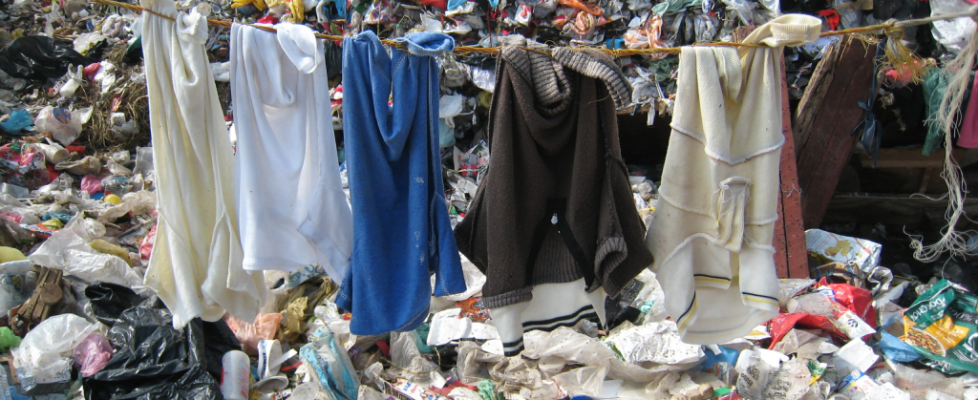PLANET
Everyone is presently acknowledged with the statement that people need to implement changes in their everyday lifestyles and provide innovative solutions to take care of our environment more and make the earth a pleasant place for the creatures alive and future generations. Today’s epoch struggles the most, eliminating excess waste and constantly needing raw materials that are valuable for the whole ecosystem to work correctly. Trash coming from the fashion industry itself is one of the biggest problems to handle these days, and there might be introduced ways to manage the state of our planet.
Therefore, the new system called the circular economy was invented to maximize the limit of waste, minimize the usage of raw materials, and keep them circulating in the economy. Due to overpopulation, this solution seems brilliant to keep products durable, reused, remanufactured and recycled. The model of CE became the European Union’s official goal to keep the value of materials as long as possible, simultaneously optimizing the economy with its resources, which would benefit both people and the environment.

Hence, is there a possibility to make fashion sustainable? For now there are too many flaws and things undone in the fashion industry to speak about sustainability in this field. However, spreading knowledge about the problem to new generations may be vital in helping the industry function more efficiently considering our health and surroundings. Currently, the word “sustainability” in regards to fashion reflects the thought behind the creation of a garment: being mindful towards nature and society consisting of fiber choices, how materials were obtained, the disposal of clothing, and considering the work ethics and well-being of employees. It is definitely about limiting fast fashion brands and in contrast promoting fashion that is a part of a slow movement: manufacturing in respect to society and the planet. (Staniforth, Sarah (2010))

One of the SDGs relating to the fashion industry is “Quality education”. How can people implement changes without educating enough about current industry issues? These activities should be addressed toward post-millennials, who have growing purchase potential, are more environmentally conscious, and use e-commerce as tools in the creation of the perception about particular aspects of social importance. (Adamkiewicz, J., Kochanska, E., Adamkiewicz, I. and Łukasik, R.M. (2022)) Many people from substandard communities still need access to information about the green economy and are unaware of the severity of the earth’s pollution problem. In conclusion, with proper teaching worldwide, there is a possibility to change the current situation much faster and more efficiently.
Bibliography:
Adamkiewicz, J., Kochanska, E., Adamkiewicz, I. and Łukasik, R.M. (2022). Greenwashing and Sustainable Fashion Industry. Current Opinion in Green and Sustainable Chemistry, [online] 38(100710). doi:https://doi.org/10.1016/j.cogsc.2022.100710.
Staniforth, Sarah (2010). “Slow Conservation”. Studies in Conservation. 55 (2): 74–80. doi:10.1179/sic.2010.55.2.74. JSTOR 27867120. S2CID 198987730. Retrieved September 30, 2020.
